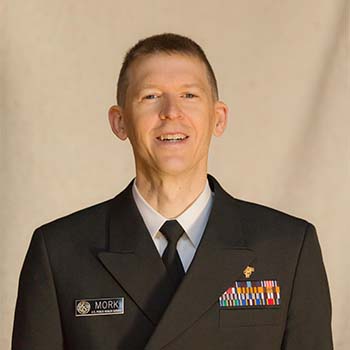If you had asked me a decade ago what health literacy is all about, I probably would have only talked about health education as handing a pamphlet or brochure to a patient. Over the years, I’ve gradually learned that this method of communication is only the tip of the iceberg of health literacy. There is so much that organizations can do to help their patients make informed decisions and support patients as they successfully navigate the often confusing health care system. At IHS, we believe it is crucial that our patients understand the information provided to them, because informed decisions and easier navigation of our health care system can result in improved health outcomes , such as fewer emergency room visits, fewer medication errors, and fewer hospital readmissions.
October is Health Literacy Month, and we want to share what we have learned about health literacy over the last decade and how we have applied this information. First, it’s essential to know what health literacy means. Interestingly, Healthy People 2030 , which sets data-driven national objectives to improve health and well-being over the next 10 years, redefined health literacy to emphasize both the patient and organizational components. The updated definition is as follows:
- Personal health literacy is the degree to which individuals have the ability to find, understand, and use information and services to inform health-related decisions and actions for themselves and others.
- Organizational health literacy is the degree to which organizations equitably enable individuals to find, understand, and use information and services to inform health-related decisions and actions for themselves and others.
What’s alarming is that most people in the U.S. – some estimates are as high as 9 out of 10 individuals – have limited health literacy. And certain groups are more likely than others to have limited or low health literacy , such as older adults, minority populations, those who have low socioeconomic status, and medically underserved people. Because limited health literacy is so common, the IHS recommends health literacy universal precautions , which assumes that all patients may have difficulty comprehending health information and accessing health services. As described by the Agency for Healthcare Research and Quality, health literacy universal precautions are aimed to:
- Simplify communication with and confirm comprehension for all patients, so that the risk of miscommunication is minimized.
- Make the office environment and health care system easier to navigate.
- Support patients' efforts to improve their health.
The key to improving health literacy is to learn more and then to apply your knowledge. The following resources can help to add to your existing understanding of health literacy, and include some of the ways we are working to improve health literacy across the IHS:
- Improve your understanding of culturally and linguistically appropriate services through the HHS Think Cultural Health Training .
- Familiarize yourself with the six Healthy People 2030 objectives related to health literacy.
- IHS staff are encouraged to use the teach-back method with patients as a way of checking understanding, by asking patients to state in their own words what they need to know or do about their health.
- IHS’ Let’s Talk tool is designed to improve health communication between patients and providers.
- The “IHS Introduction to Health Literacy” training, which provides basic information on the importance of writing clearly and communicating in a way that the patients can understand, is available for IHS staff through the HHS Learning Management System , and for tribal and urban Indian health program staff on YouTube .
We encourage our staff at facilities, area offices, and programs across the IHS to continue improving their own background knowledge and reflecting on how they are contributing to health literacy efforts. As an example, in 2019, the IHS Division of Oral Health launched an oral health literacy initiative using the motto SMILE: Sharing oral health Messages to Improve Literacy for Everyone. Over the last two years we have promoted oral health literacy to IHS, tribal, and urban Indian organization dental programs through informative dental LISTSERV messages, health literacy resources on our webpage, and several presentations. Recently, we added a health literacy assessment question to dental patient medical history forms and also provided instructions on how dental programs can access patient education videos from the IHS Electronic Dental Record.
I will leave you with one final thought: health literacy is rewarding. It is rewarding for the patients who clearly understand the intended message and are able to make an informed decision. It is rewarding for the providers and support staff who recognize that they have positively impacted a patient’s life. And finally, it is rewarding for everyone in the Indian health care system to know that they have contributed to providing the safest and most effective care possible. Happy Health Literacy Month!
Related Content:



